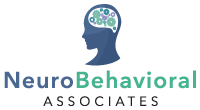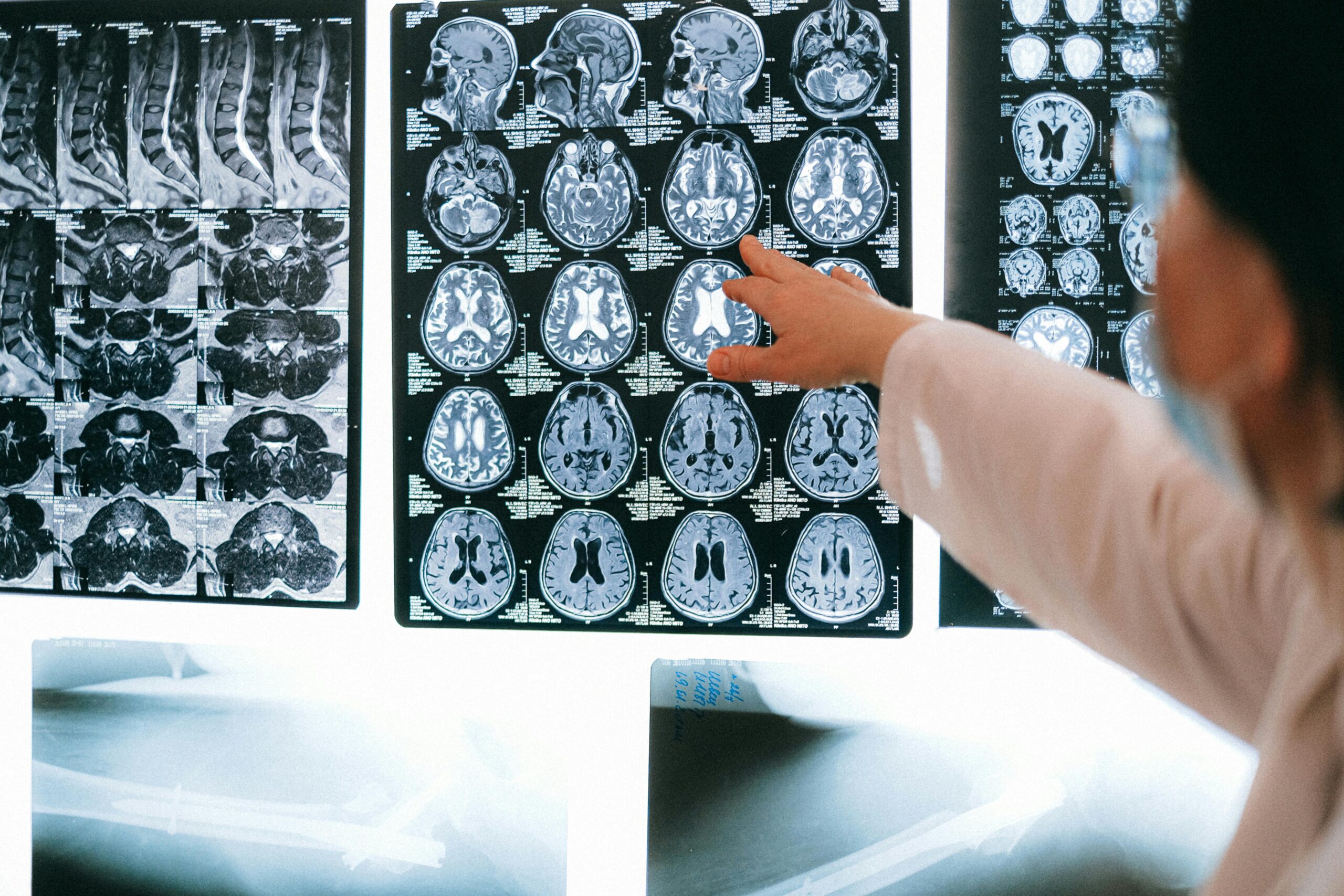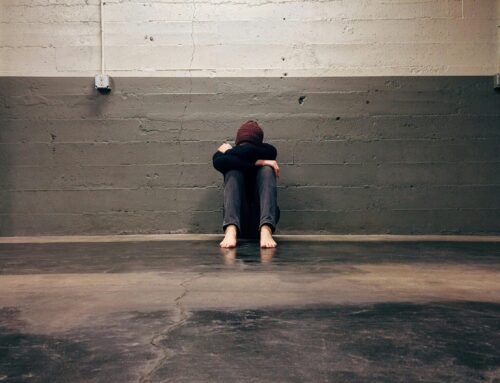Traumatic brain injuries (TBI) affect millions of people each year, yet misconceptions about these injuries persist in our collective understanding. Whether you’re a parent concerned about your child’s sports-related head injury, an educator working with students recovering from TBI, or simply seeking accurate information, understanding the truth about traumatic brain injuries is essential for proper care and support.
Let’s examine five common myths about TBIs and uncover the evidence-based facts that everyone should know.
Myth #1: You Have to Lose Consciousness to Have a Concussion
The Truth: Loss of consciousness does not have to occur to be considered a concussion, yet the injury can still be serious and require proper medical attention.
Many people believe that if someone doesn’t “black out” after hitting their head, they’re fine. This dangerous misconception can lead to delayed treatment and potential complications.
Signs of concussion include headache, dizziness, confusion, nausea, sensitivity to light or noise, difficulty concentrating, and changes in mood or behavior. Children may exhibit additional symptoms such as irritability, changes in eating or sleeping patterns, and loss of interest in favorite activities. If you suspect a concussion, seek medical evaluation immediately, even if consciousness was never lost.
Myth #2: Brain Injuries Always Show Up on Standard Imaging Tests
The Truth: CT scans and MRIs may appear normal even when a person has sustained a significant brain injury, particularly in cases of mild to moderate TBI.
Parents and patients often assume that if a CT scan or MRI comes back “clear,” there’s nothing to worry about. While these imaging tools are excellent for detecting skull fractures, bleeding, and swelling, they cannot always capture the microscopic damage that occurs at the cellular level during many TBIs.
Changes in the brain can occur even when structural imaging appears normal. These changes can affect memory, attention, processing speed, and emotional regulation. Neuropsychological testing, which assesses cognitive function and executive functioning, often provides crucial information that imaging alone cannot reveal.
Myth #3: Rest Is the Only Treatment Needed for Concussion Recovery
The Truth: While rest is important immediately after a concussion, prolonged inactivity can actually hinder recovery, and a gradual return to activity is now recommended by medical experts.
For years, the standard protocol for concussion recovery was extended rest in dark, quiet rooms with minimal stimulation. However, recent research has revolutionized our understanding of concussion management. Current guidelines from the American Academy of Pediatrics suggest that after an initial rest period of 24 to 48 hours, gradual reintroduction of activities can actually promote healing. (1)
For children and adolescents, this might include modified school schedules, extra time for assignments, and gradual return to sports under medical supervision. Physical therapy, vision therapy, and cognitive rehabilitation may also be beneficial components of a comprehensive treatment plan.
Myth #4: Children Recover from Brain Injuries Faster Than Adults
The Truth: While children’s brains have remarkable plasticity, young brains are also more vulnerable to injury, and recovery can be more complex than previously thought.
The developing brain is still forming critical neural connections, and injuries during childhood can disrupt this important developmental process. Effects of childhood TBI may not become apparent until years later when the injured brain region would typically mature. For example, an injury to the frontal lobe in early childhood might not show significant effects until a child is older, when executive function skills typically develop.
Children may also have difficulty communicating their symptoms, making it harder for parents and healthcare providers to accurately assess the severity of the injury and monitor recovery progress.
Myth #5: Once Symptoms Disappear, the Brain Has Fully Healed
The Truth: The absence of symptoms doesn’t necessarily mean the brain has completely recovered from injury.
Brain healing is a gradual process that continues long after obvious symptoms resolve. Returning to high-risk activities too soon increases the risk of second impact syndrome, a rare but potentially fatal condition that can occur if another head injury happens before the brain has fully healed from the first.
Medical clearance from a healthcare professional who specializes in brain injuries is essential before returning to contact sports or other high-risk activities. For children, this typically involves a graduated return-to-play protocol that slowly increases physical demands while monitoring for symptom recurrence.
Seeking Expert Evaluation and Support
Understanding the realities of traumatic brain injuries is the first step toward ensuring proper care and recovery. If you’re concerned about a possible TBI in your child or need support navigating the recovery process, a professional evaluation can provide clarity and direction.
Contact Neurobehavioral Associates for a comprehensive neuropsychological assessment and evidence-based treatment planning for traumatic brain injuries. Our team specializes in evaluating and supporting children and families through the TBI recovery journey.






